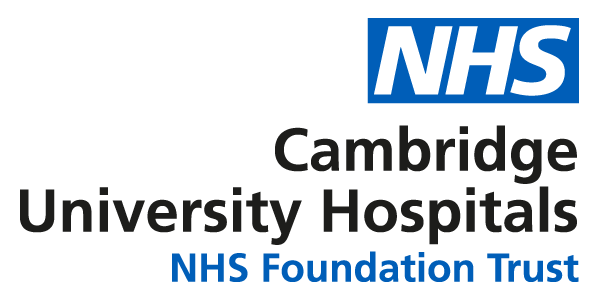Radiological biopsy guidelines for solid tumour whole genome sequencing (WGS) in teenage/young adult & adult patients at CUH
These guidelines are for solid tumours in teenage (16+), young adults, and adults only. Separate guidelines cover haemato-oncology patients.
Best practice is that patients for whom WGS may be of benefit should be identified and discussed in advance at a multidisciplinary team (MDT) meeting.
Eligibility
Please see current guidance (opens in a new tab). The commonest indications for WGS are currently:
- Age 16-24 and any lesion that could be malignant
- Any age and sarcoma is in the differential (based on clinical/radiological features at site-specific MDT) OR histologically confirmed sarcoma
- Any age, advanced tumour that has exhausted standard of care testing and treatment options (including carcinoma of uncertain primary)
- High-grade tubo-ovarian carcinoma
Consent
- WGS consent by trained member of the clinical team, this must be done prior to the biopsy being requested or samples collected.
- An electronic record of discussion must be completed to allow visibility for all professionals in the pathway, and this must be confirmed prior to the biopsy procedure.
- Where tissue is being acquired for both histological diagnosis and WGS, biopsy procedure consent must include discussion of WGS cores as optional in addition to diagnostic cores.
Radiological biopsy procedure
- For an estimated 90% WGS success rate the GLH require 50mm3 of tissue (of which at least 30% is lesional).
- 50mm3 is equivalent to 40mm length of tissue using a 16g needle, or 80mm with an 18g needle.
- The SmartTexts contain recommendations on the quantity of tissue taken at biopsy. They are guidance - the operator should weigh up risks and benefits considering e.g., location and vascularity of the tumour, as well as patient comfort during the procedure.
- They may not be appropriate for e.g., intrapulmonary biopsies but could be considered for most other lesions.
Handling and submitting the specimen
Routine (in hours 07:30-16:00 Mon-Fri)
- Call Histopathology (01223 348212, x348212) with patient and sample details and to confirm where samples will be dropped off.
- The entire specimen should be submitted fresh (in saline or dry pot)
- Drop samples at the relevant drop-off point within CUH:
- Level 1 GP reception in Pathology block
- ATC specimen collection room 2
- Samples will be collected from the drop-off points by the histopathology team
Out of hours (Bank holidays, weekends, after 16:00 weekdays)
- If the specimen is being taken solely for WGS, the specimen should be submitted in RNAlater (which preserves nucleic acid at room temperature)
- If this is a combined procedure where routine histopathology and WGS are both required, the specimen must be divided into two separate pots, one for WGS containing RNAlater (which preserves nucleic acid but renders the specimen unsuitable for routine histopathology) and one containing formalin (for routine histopathological diagnosis). Routine diagnosis is always the priority, and at least two good cores should be submitted in formalin, with the remainder submitted in RNAlater.
- Formalin fixed and RNAlater specimens should be left at one of the drop-off points:
- Level 1 GP reception in Pathology block - RNAlater in the fridge, formalin fixed in the histopathology box
- ATC specimen collection room 2
- Samples will be collected from the drop-off points by the histopathology team
Request process
- Biopsy request should include the phrase “see comment"
- In the comments section please use the appropriate SmartText
- WGSSOLIDRADBXFRESH where tissue is needed only for whole genome sequencing.
- WGSSOLIDRADBXFIXANDFRESH where tissue is needed for WGS and histopathology.
- Separate SmartTexts exist for haemato-oncology patients, please refer to the haemato-oncology guidelines.

